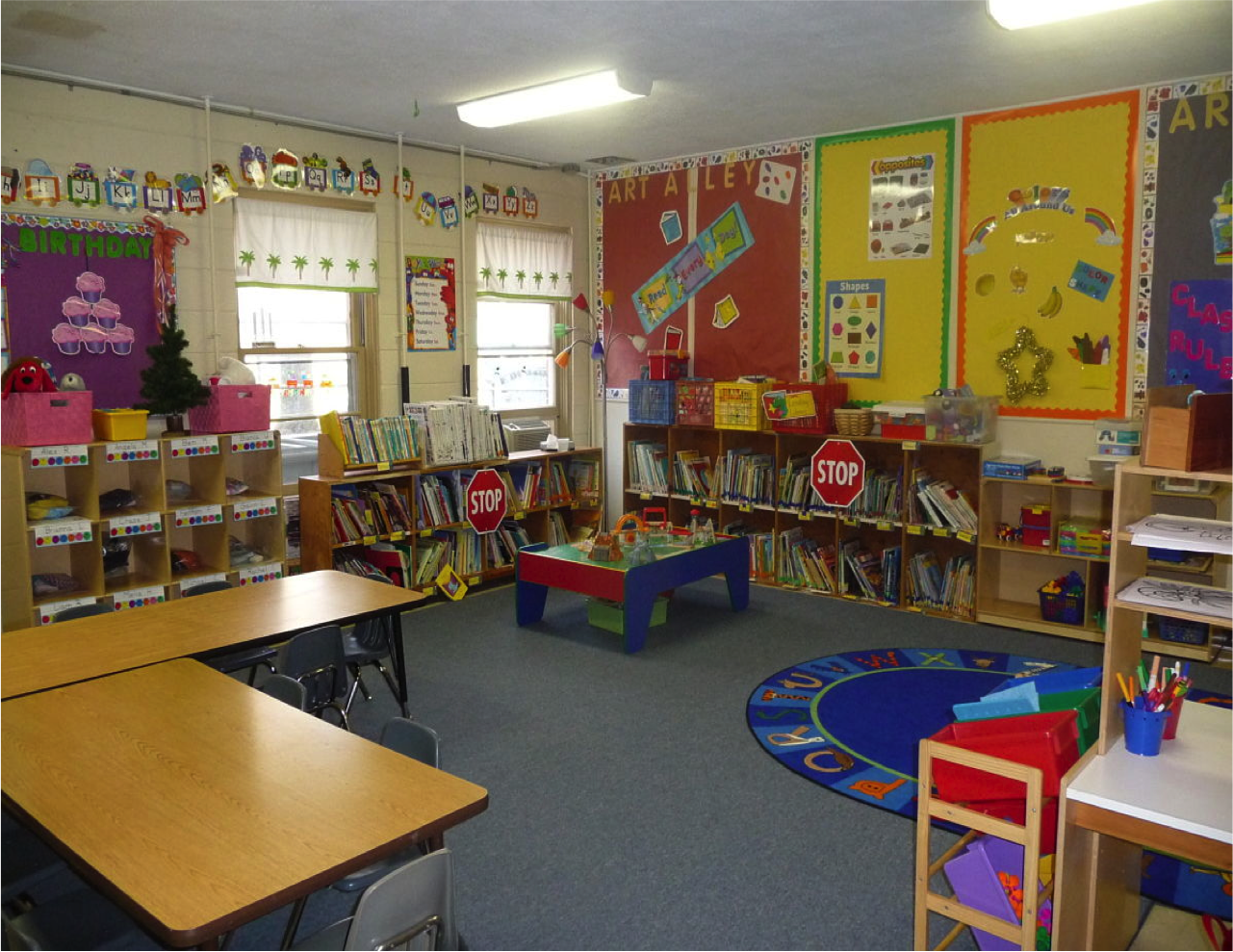
My own children and the children I taught loved the book
10 Minutes till Bedtime by Peggy Rathman - picture book about hamsters taking over a child's bedtime routine as a father yells the countdown to bedtime. As the minutes tick away and bedtime gets closer, pandemonium ensues as the hamsters' invasion gets more and more outrageous. This book, while funny, always makes me think about transitions in classrooms and how often I hear adults calling out, "5 more minutes!" as clean up time approaches.
What actually happens in classrooms when a teacher signals transitions in this way is not so funny and results in something other than desired behaviors. We know from experience working with children who have experienced trauma, mindfulness, and effective teacher language that a very different transition signal is needed.
Jennifer Miller, a school adjustment counselor at the Winter Hill Community Innovation School in Somerville, has been giving a series of workshops on
the impact of trauma on children and teacher behaviors that support children. She advocates for developing a "trauma sensitive" classroom where transitions are predictable and calming. Loud, sudden signals actually raise children's cortisol levels, triggering the "fight or flight" mechanisms in the brain and body. This short video
demonstrates the effect of stress on the brain. Although the brain is interested in reducing stress, the amygdala, which is responsible for tagging things that cause emotion, can't always tell the difference between a stimulus that is dangerous and one that it not.
Our clean up signals may actually be causing children to experience trauma-like symptoms, resulting less than desirable physical and emotional responses in children.
Jeff Goding, a Mindfulness trainer who has been working with teachers in Somerville for the last year, points out that
creating mindful language and transitions helps children to maintain a sense of calm that increases their ability to focus on classroom tasks. Teachers recently learned about the importance of using a whispering voice and non-verbal cues to reinforce positive behavior. A hand on a child's shoulder, moving in close to whisper a direction or praise, can have more impact than the loud announcement. Looking closely at how
mindfulness can benefit your teaching practice can have a powerful impact on children.
The language we use to signal any transition might actually not have any meaning for many children.
Teacher language that is full of description and prompts action is more effective that just saying, "Time to clean up." For example try: "Everyone please put your materials carefully and quietly back in the bins and meet me on the rug." As time goes on other piece of a routine, such as pushing in chairs, putting tubs back on shelves, can be added. A lovely video focusing on a
clean up signal from responsive classroom, features Suzi Sluyter, a 1st/2nd grade teacher at Eliot-Pearson Children's School at Tufts University. The video shows how a teacher's modeling of soft voice, quiet signal, and clear language helps children to follow through on an important daily direction, and begin to internalize the desired behaviors.
When signaling transitions try:
- soft music
- a bell or chime
- a silent signal such as dimming the lights
- not to follow signals with a loud voice. Otherwise your signal just communicates: "I am going to talk in a loud voice now so wait for it as I talk above you!"
- practicing your signal with the children - they will need the same clear language everyday - do not assume they know what to do.
- limiting interruptions children are exposed to daily - loud buzzers and bells in schools, the morning announcements over the loudspeaker that interrupt work and morning routines. These are often part of school life, but don't add to a child's sense of calm and self-regulation.
The next time you are tempted to yell "5 more minutes!", take a breath, observe what is happening in your classroom, and consider an option that involves close, quiet contact with children, and a mindful approach to your work - calming for you, calming for them.






































